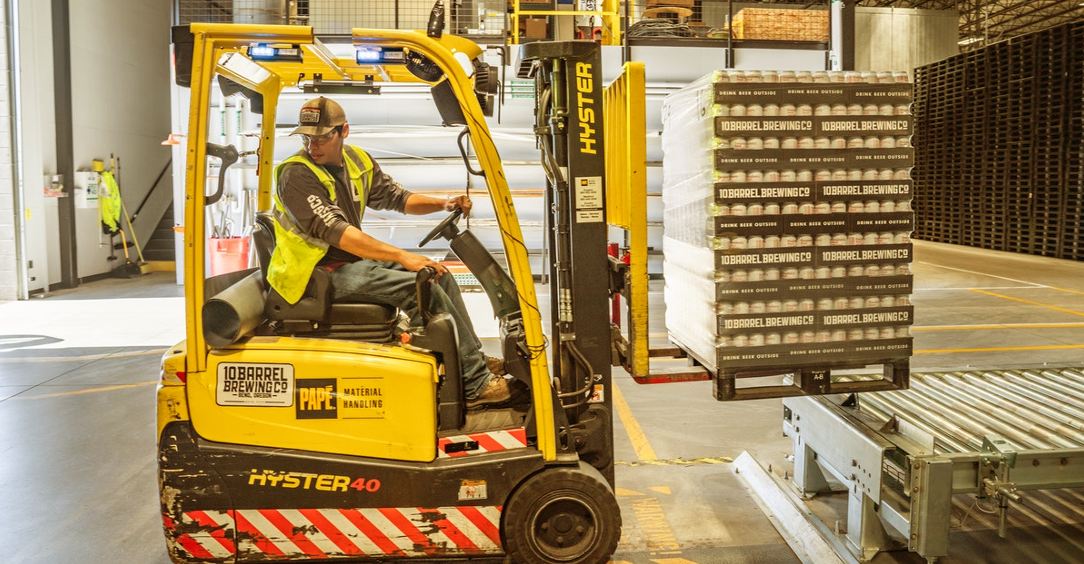There are several things to consider when purchasing packing machines. Whether you provide customized chinese takeout box to top restaurants, or design biodegradable packages for the best down jacket manufacturer, the right machinery wins the race.
Choosing a supplier for service, supplies, and preventive maintenance means doing everything from studying equipment types and brands to narrowing down a list of potential vendors. Investing in packing equipment is a significant financial commitment for any company.
When purchasing any new sealing packaging machine, it is important to complete your research and engage in the process thoroughly. Whether you are seeking for knowledge on the sorts of machines available, the resources they operate on, their correct and safe operating practices, or how to maintain them working at optimal efficiency; this manual has it all.
Safety: KPI Number One
First and foremost, you should familiarize yourself with your packaging line’s top 10 KPIs (Key Performance Indicators) while planning to purchase new packaging equipment. It is a good idea to begin your trip with a thorough grasp of safety standards and best practices. First, let us have a look at the 10 most important packaging line KPIs:
- Safety
- Quality
- On Standard Operating Efficiency
- Unscheduled Down Time
- Rework
- Employee Turnover
- Overall Equipment Effectiveness
- Inventory Accuracy
- Capacity Utilization
- Inventory Turns
Pre-Investment Checklist
The next step is to create a pre-investment checklist that includes all of the items you will need to consider before making the investment in new packaging equipment. For example, you may use this tool to find numerous alternatives for your equipment, covering dynamics such as the dimensions of the machine (length and width), the speed at which it operates, the material requirements, the convenience of use, the durability, and a plethora of other critical aspects.
Machinery Location
The precise placement of the equipment must be known. You can not ignore things like the packing plant’s load bearing capacity or HVAC and A/C configuration. Additionally, dust and humidity may impact machine operation and must be managed in accordance with the working conditions needed by the equipment.
Sourcing Packaging Machinery
After completing a detailed specification, it is time to contact manufacturers and product dealers. Unless you work in a highly specialized sector of packing, such as hazardous chemicals, there are several options.
Search For Vendors
Send out a request for a quote to a small number of possible suppliers when you have finished your research – 3 to 5 should be enough and enable you to evaluate each of their offers without being overwhelmed.
Companies may be called a second time, if necessary, if the first batch fails to persuade you.
Installation, Testing And Commissioning
With careful planning and scheduling, the project manager and vendor team should be able to complete the installation with minimum issues. A settlement obligation including fines for late or faulty delivery, as well as the buyer’s need to sign off levels before delay, is needed for the new equipment.
The equipment must be thoroughly tested to verify that it performs in accordance with the terms of the purchase agreement. If there are any hiccups during testing, it is common to make modest adjustments to the equipment to make it work as expected. Before the apparatus can be fully operational, the buyer will likely need to sign off on it.
Training
When the equipment is ready for operation, supervisors and operators must be thoroughly taught by the machinery provider or their authorized trainers. The firm purchasing the equipment must ensure that its employees are capable of handling hefty boxes at the ending of the packing line, for example.
Although training on most packing equipment is quite quick, if there are complicated controls and programs to run, the time required may be somewhat longer. The new machinery’s unique health and safety concerns will be addressed throughout the training.
Post Installation Support
Most vendors give continuous assistance to their clients after their equipment has been installed and signed off. Including a timetable for routine maintenance and the capacity to respond quickly to faults and breakdowns. A service level agreement, which is often part of a purchase deal, will normally specify the degree of assistance provided.
Conclusion
Purchasing entails amortizing the expense over a certain length of time. Integrated, shipping, and commissioning costs may be included in the equipment financing provided by certain banks.
Using a leasing company allows you to keep your operating cash and financial flexibility intact. When the lease is over, you will still have to pay to purchase the equipment back, so be aware of this possibility. For short-term requirements like contracts, renting packing equipment makes more sense.

